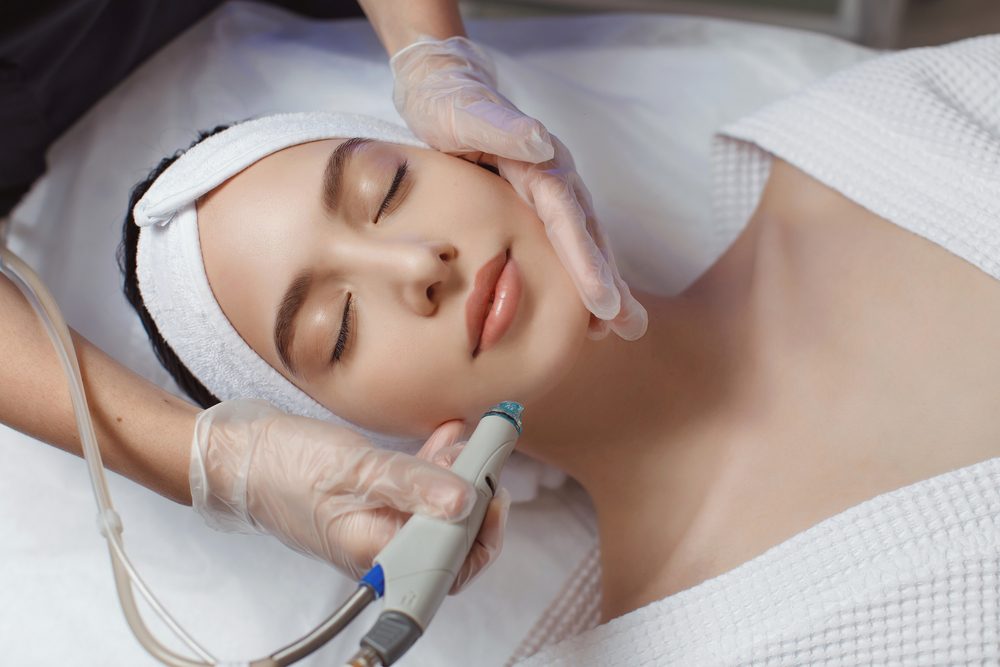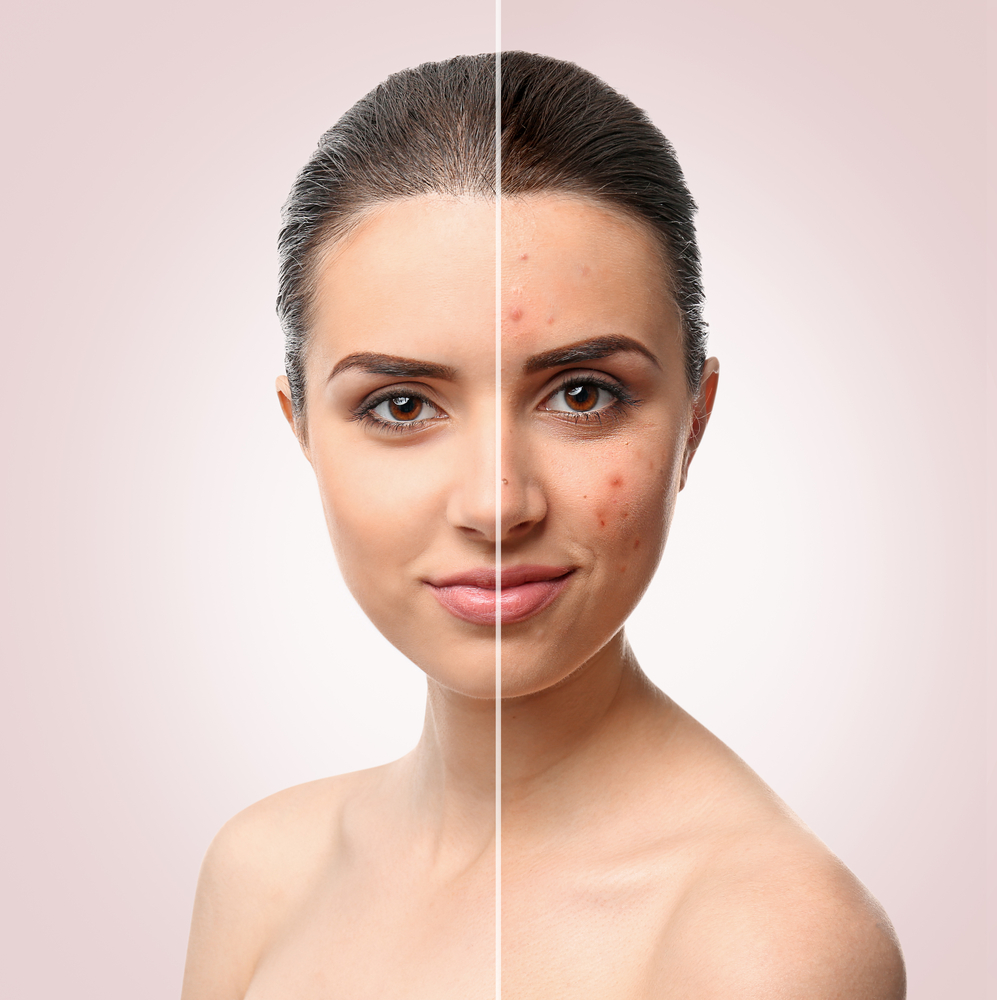
Dermatology practice marketing starts with a high-quality website. It lies at the core of lead generation, conversion, retention, and patient education. Without a website, the marketing ROI is unlikely to meet your expectations.
While an attractive website is vital to the quality of your marketing strategy, there is much more to retaining patients than an appealing layout. Implementing effective website design tactics can streamline your entire marketing strategy and bring new patients to your doorstep.
Dermatology Web Design Starts with Functionality
If a website has poor functionality, more than 40% of visitors leave it immediately. Keeping your focus solely on the outside appeal is a mistake. You need to ensure excellent functionality.
Responsive Design
Responsive design allows your website to look and perform the same way across all devices. No matter which device the patient uses to browse your website, they should enjoy a smooth experience.
Almost 60% of all web designers name non-responsive design as the top reason visitors leave websites. Besides being convenient for users, a responsive design makes it easy to update, maintain, and manage your website.
Fun fact: 75% of Americans bring their mobile phones to the bathroom where they can continue online research. Responsive design makes it possible to smoothly transition from desktop to mobile.
HIPAA Compliance
Web developers who work with medical websites need to pay special attention to HIPAA requirements. To stay compliant, you need to ensure:
- SSL (Secure Sockets Layer) protection
- Full data encryption (especially during transfers)
- Permanent deletion option for PHI (Protected Health Information)
- Full data backup
- HIPAA policy on your website
- Access restrictions (only authorized users should have access to PHI)
Failing to comply with HIPAA requirements could lead to severe penalties. Even if your violation is unintentional, you could pay up to $50,000 for each incident.
Web Accessibility
One in four American adults lives with some type of disability. Many of these problems interfere with their online experience. Web accessibility measures make sure this large part of your target audience can browse your website and get the services they need.
Some of the ways to improve accessibility include:
- Adding transcripts to videos.
- Assigning alt text to all images.
- Adding descriptive text before links.
- Breaking up content into readable portions.
- Avoiding distractive elements (pop-ups, flying banners, auto-playing videos).
Failing to make your website accessible could cause you to face penalties for violating ADA (Americans with Disabilities Act).
User Experience Design
The best dermatology websites focus on user experience. Some of the things to consider are:
- Better loading speed
- Attractive CTAs (Calls to Action)
- Simple navigation
- Informative but not overwhelming images and videos
- Easy-to-find contact information
Excellent user experience doesn’t just lead to more conversions, it keeps visitors on your website longer and contributes to higher rankings.
Conversion Rate Optimization
By implementing conversion rate optimization (CRO) tactics when designing a website for your practice, you are increasing dermatologist marketing ROI.
- Creating concise and clear CTA (e.g., “book an appointment now,” “contact us.”)
- Using only one CTA per page to avoid confusion.
- Implementing gated content to get contact information.
- Creating contact forms to make the conversion as easy as possible.
- Designing informative yet concise content for landing pages.
To improve CRO, it’s imperative to know your patients’ pain points. With this information in mind, these practices can push visitors down the sales funnel and achieve faster conversions.
Increase Website Visibility with SEO
Search engine optimization is an integral part of any successful marketing strategy. When designing a website, it’s imperative to keep SEO in mind. This includes:
- Working on loading speed (choosing the right hosting is key).
- Ensuring a responsive design.
- Working on content readability.
- Streamlining metadata.
- Improving URL structure.
- Creating XML sitemaps.
SEO practices increase your website’s visibility and put it on the first SERPs (Search Engine Result Pages) in Google, Bing, and other search engines. Since dermatologists usually cater to local audiences, they have to focus on local SEO. It includes:
- Creating content around local keywords (e.g., “cosmetic treatments in Seattle”, “hair and nails treatments near me.”)
- Claiming and managing your Google Business Profile (GBP)
One of the ranking factors for websites is positive GBP reviews. To make it easy for patients to find your practice and leave these reviews, you need to ensure correct information in the profile, including NAP (Name, address, phone number) data, years of experience, images, list of services, working hours, and descriptions.
Translate Your Offline Reputation into Online Reputation

Word-of-mouth marketing is crucial for dermatologists. Over 80% of patients trust online reviews as much as they trust a friend’s recommendations. That’s why generating online reviews creates social proof that brings more people to your doorstep.
When patients are happy with your work, they are usually ready to leave reviews. Unfortunately, only a few of them remember to do it. To transfer your offline success to an online reputation, you need to:
- Ask for reviews online (e.g., through follow-up emails).
- Make it easy to leave reviews (by creating forms and giving links to your GBP).
- Post QR codes in your clinic that lead to review websites.
When patients leave reviews, make sure to answer each one. Negative reviews deserve more attention than positive feedback. They don’t just give you a basis for improvement but also show others that you care about the patient’s opinion.
Drive Organic Traffic with Content Marketing
When it comes to dermatology, patients do significant research before choosing a clinic. At the top of the sales funnel, they research skin conditions, skin diseases, and cosmetic treatments.
At this point, you have a stellar opportunity to bring patients to your website by offering valuable information. Content that can improve marketing efforts for dermatologists includes:
- Blogs (regular blogging keeps content fresh and improves website rankings)
- Whitepapers and e-books
- Videos that describe procedures
- Before-and-after galleries
- General tips and advice (e.g., “how to care for sunburned skin”)
- Case studies (e.g., “how cosmetic surgery helped battle mottled skin”)
High-quality content is an integral part of digital marketing. Creating opportunities for content marketing is part of effective website design.
Increase Brand Awareness with Social Media Marketing
Social media platforms are an excellent channel for promoting content and increasing brand awareness for your dermatology practice. You can grow a following, share before and after photos, educate patients, and much more.
The problem with popular social media platforms (Facebook, Instagram) is that organic reach is tough due to significant competition. However, these platforms have excellent paid marketing opportunities to help you promote your practice.
Promote Cosmetic Dermatology Services with PPC Ads
While SEO is vital for dermatology practice marketing, it’s a slow-going process. To get quicker results, especially when promoting expensive cosmetic procedures, you can take advantage of pay-per-click (PPC) ads.
- Paid Search Ads – put your advertisement on top of the search results in Google or Bing. Coupled with SEO, this can help you get some major real estate on the first SERP.
- Display Ads – put your ads on websites and social media platforms that your target audience visits frequently.
You need to build your website with PPC efforts in mind. Without high-quality landing pages and CRO efforts, your PPC ROI Is likely to be low.
An Excellent Example of Web Design for Dermatologists
Sonterra Dermatology, a dermatology clinic from Texas, struggled to steal market share in the competitive San Antonio market. DoctorLogic helped this practice generate leads, convert patients, and appear on top of the SERPs.
Thanks to high-quality website development efforts and Reputation Management tools, Sonterra’s website conversions increased by 48% while the number of leads per months spiked by 41%.
When it comes to website design for a dermatology practice, you need to implement a comprehensive set of tactics. To achieve better lead generation and higher conversion rates, it’s imperative to combine functionality and appeal while keeping SEO and PPC in mind.
You can do all of this yourself, or you can hand all of the above tasks over to DoctorLogic. To learn more, try DoctorLogic’s free demo.



